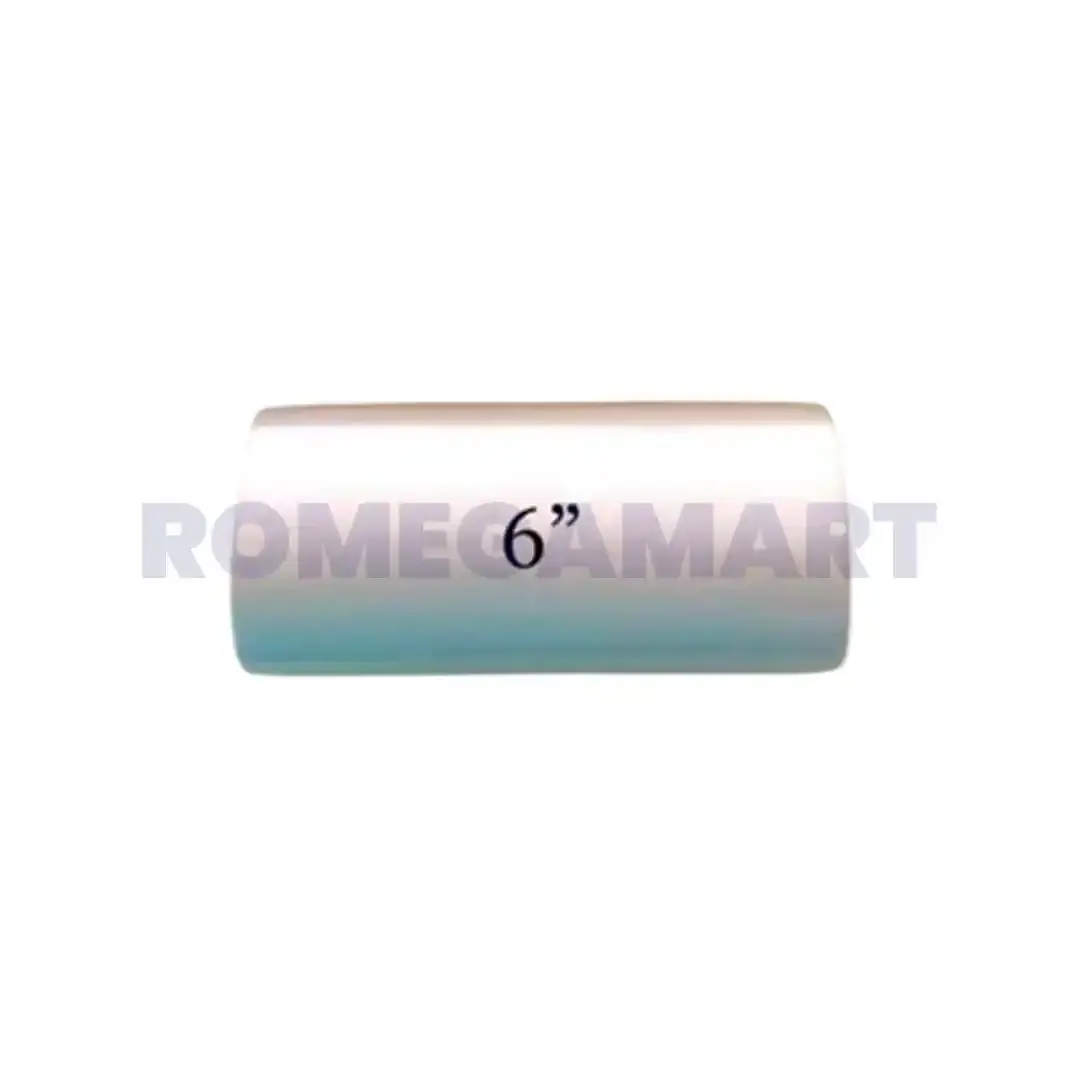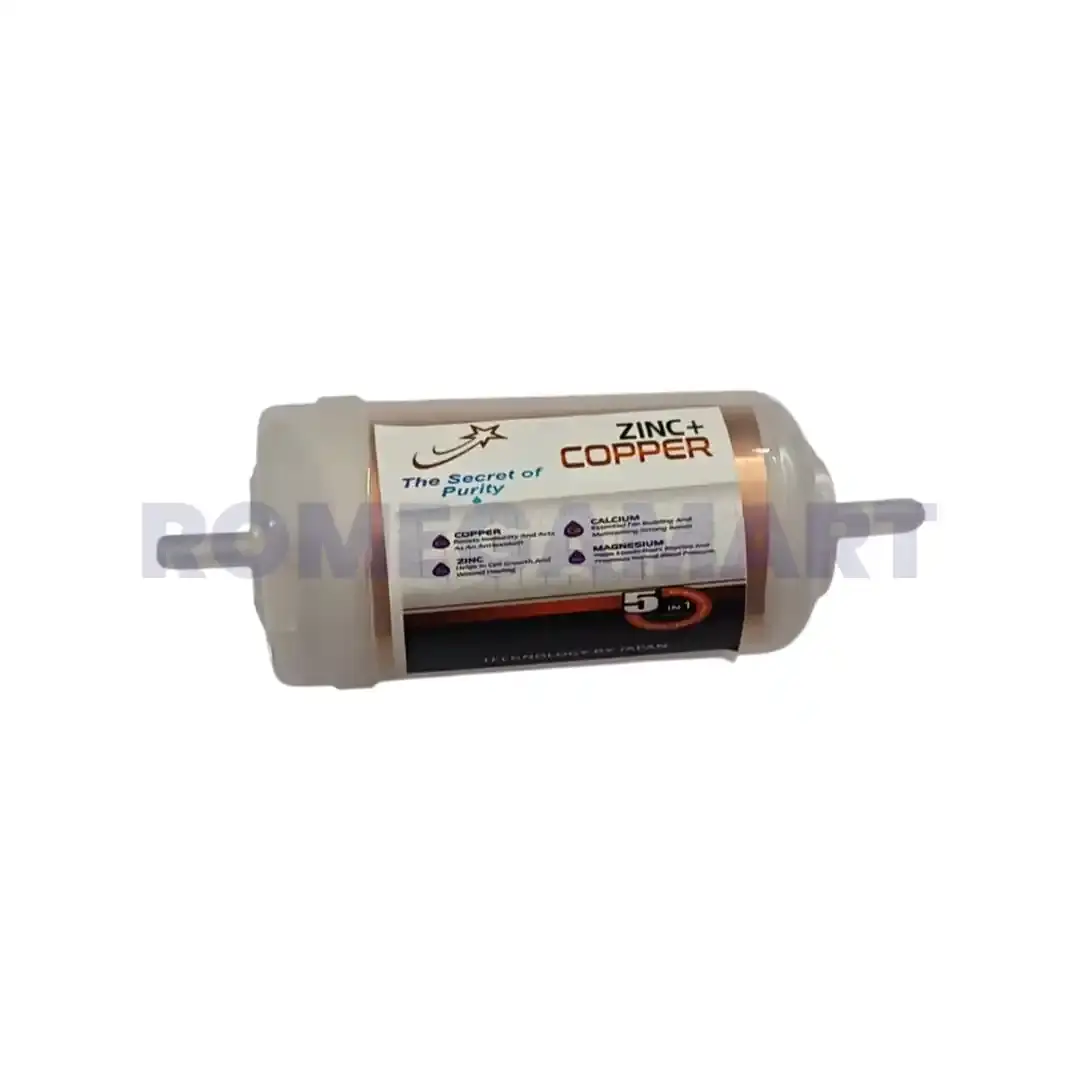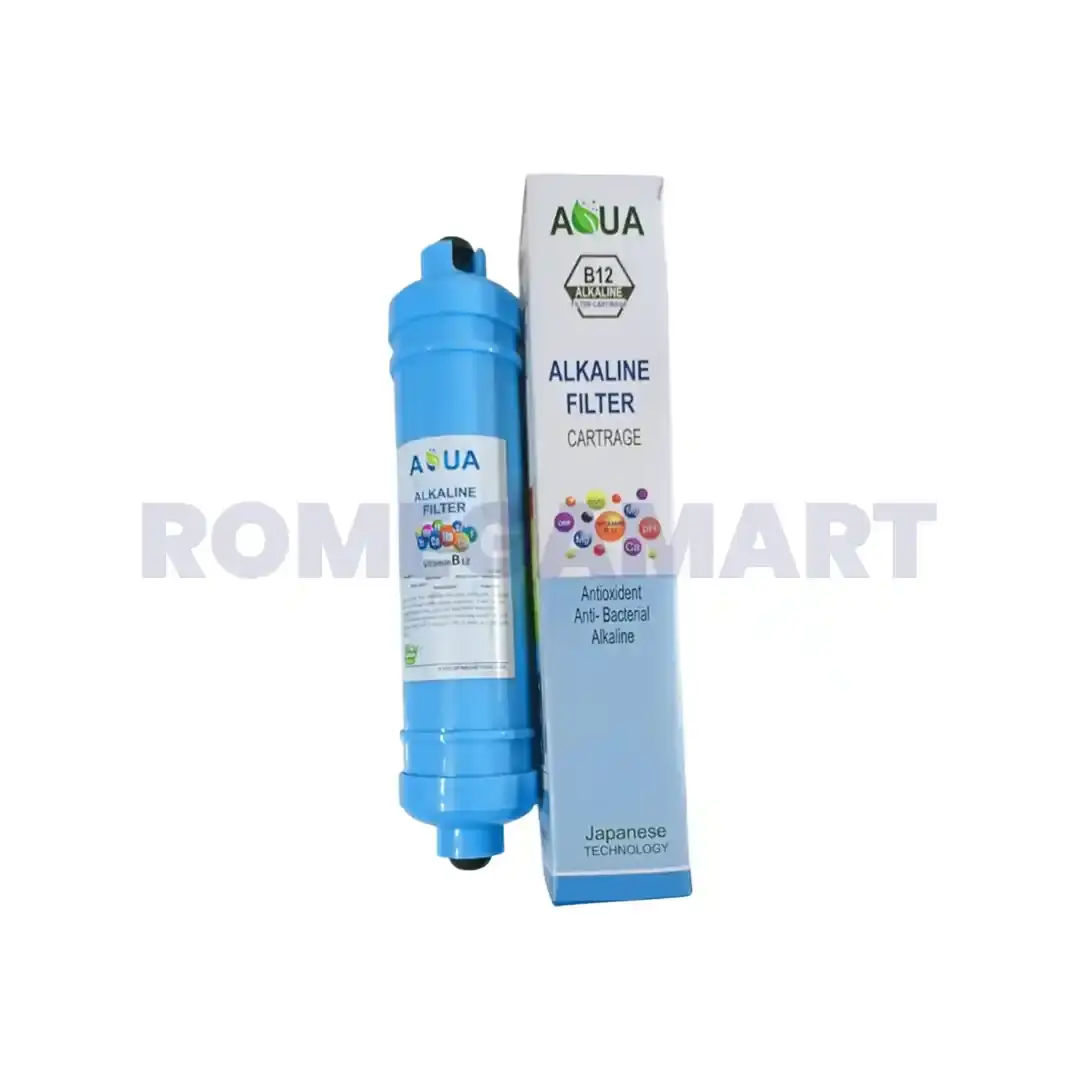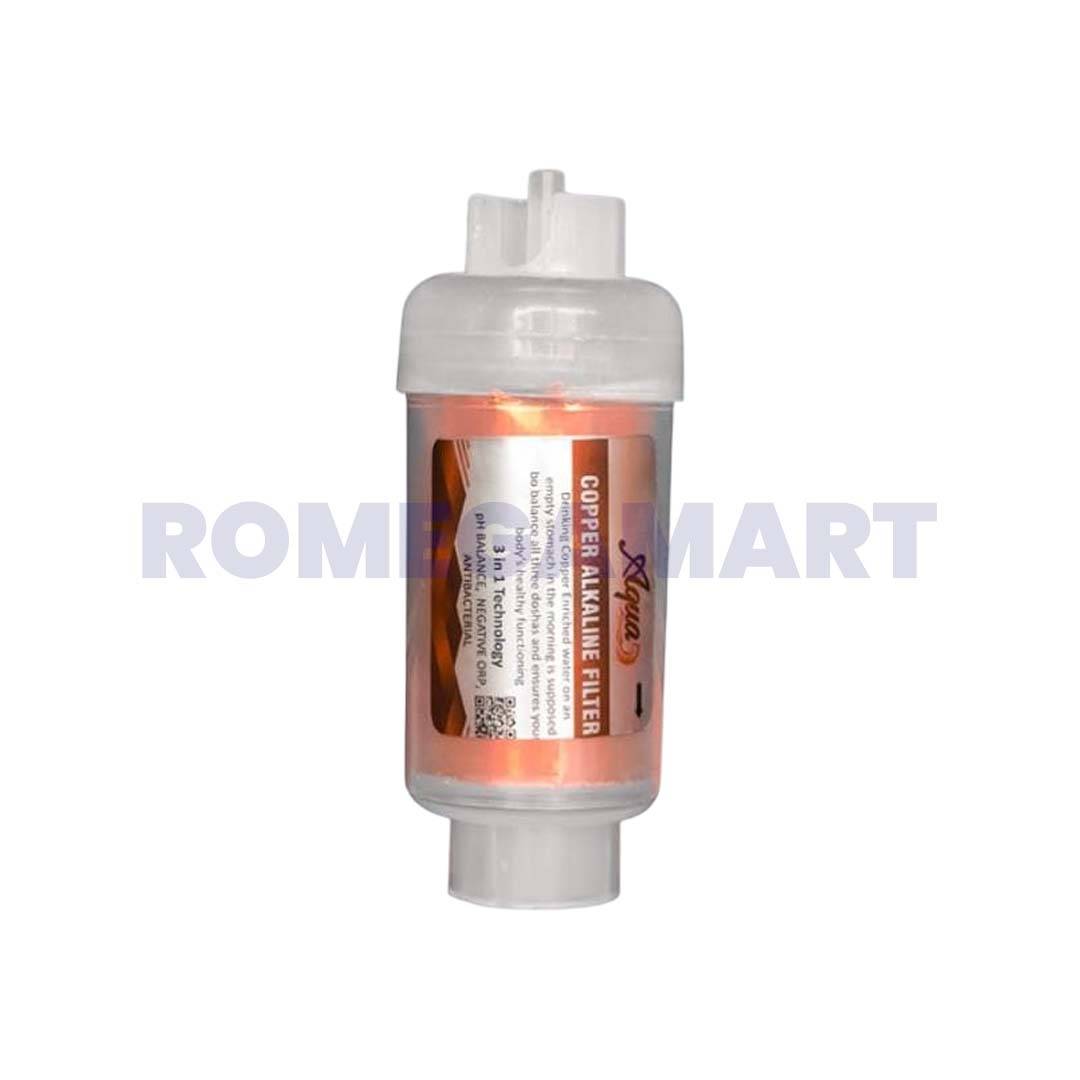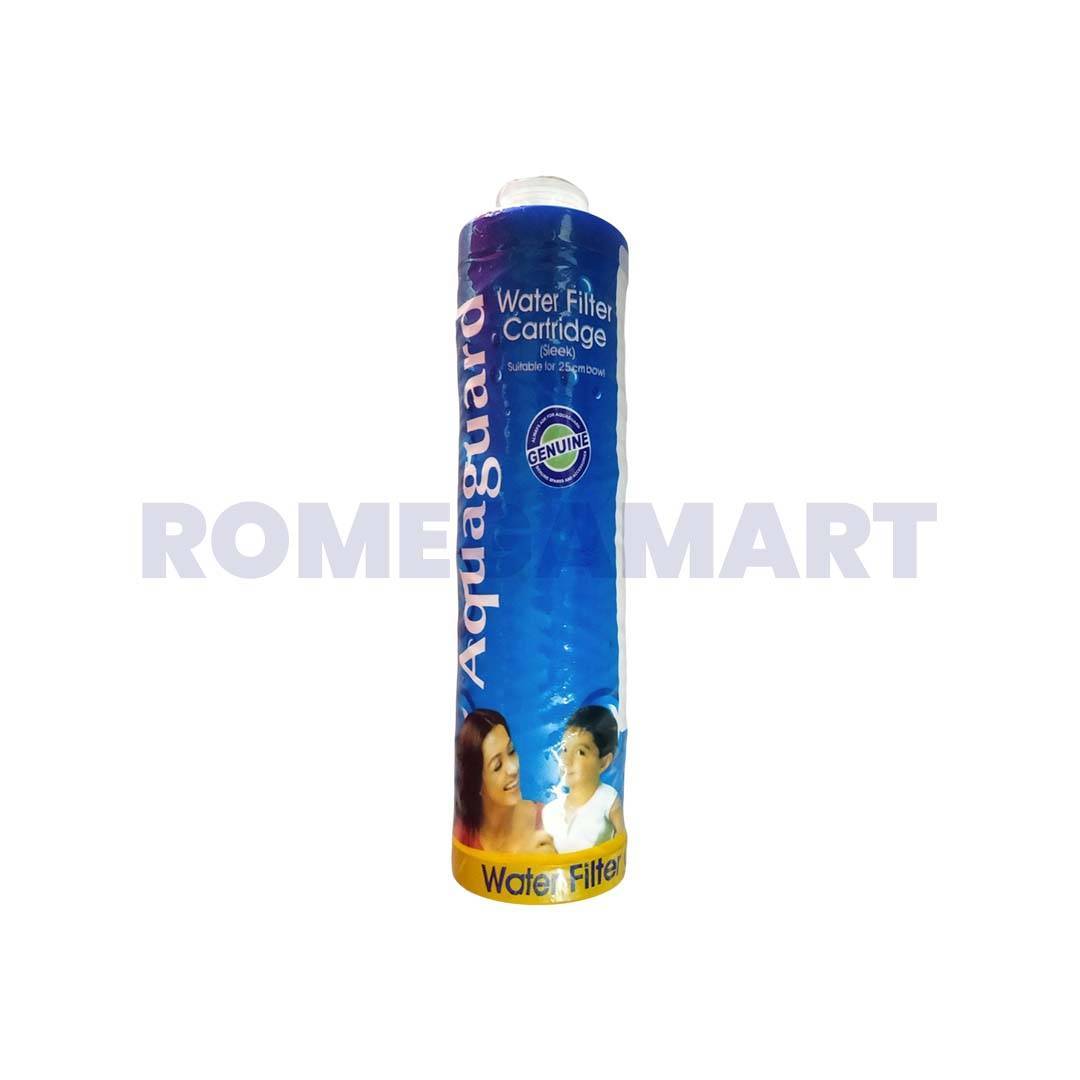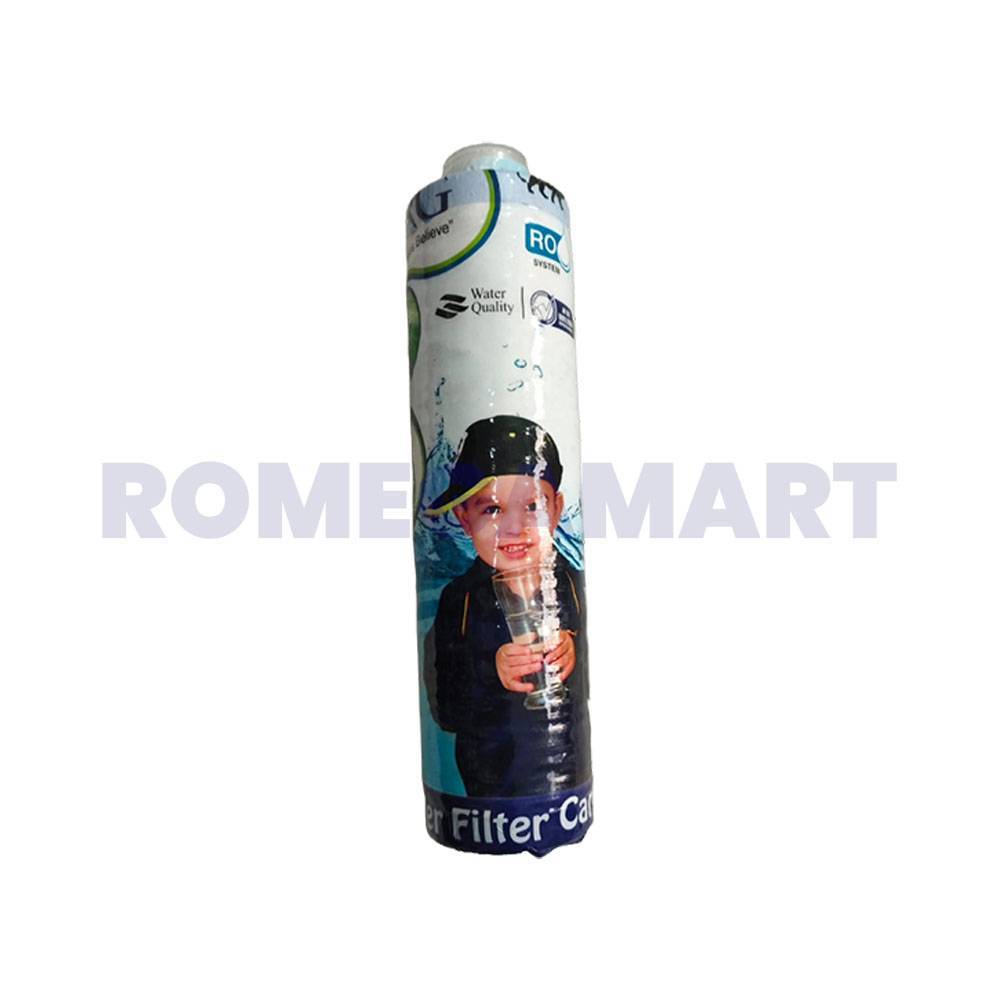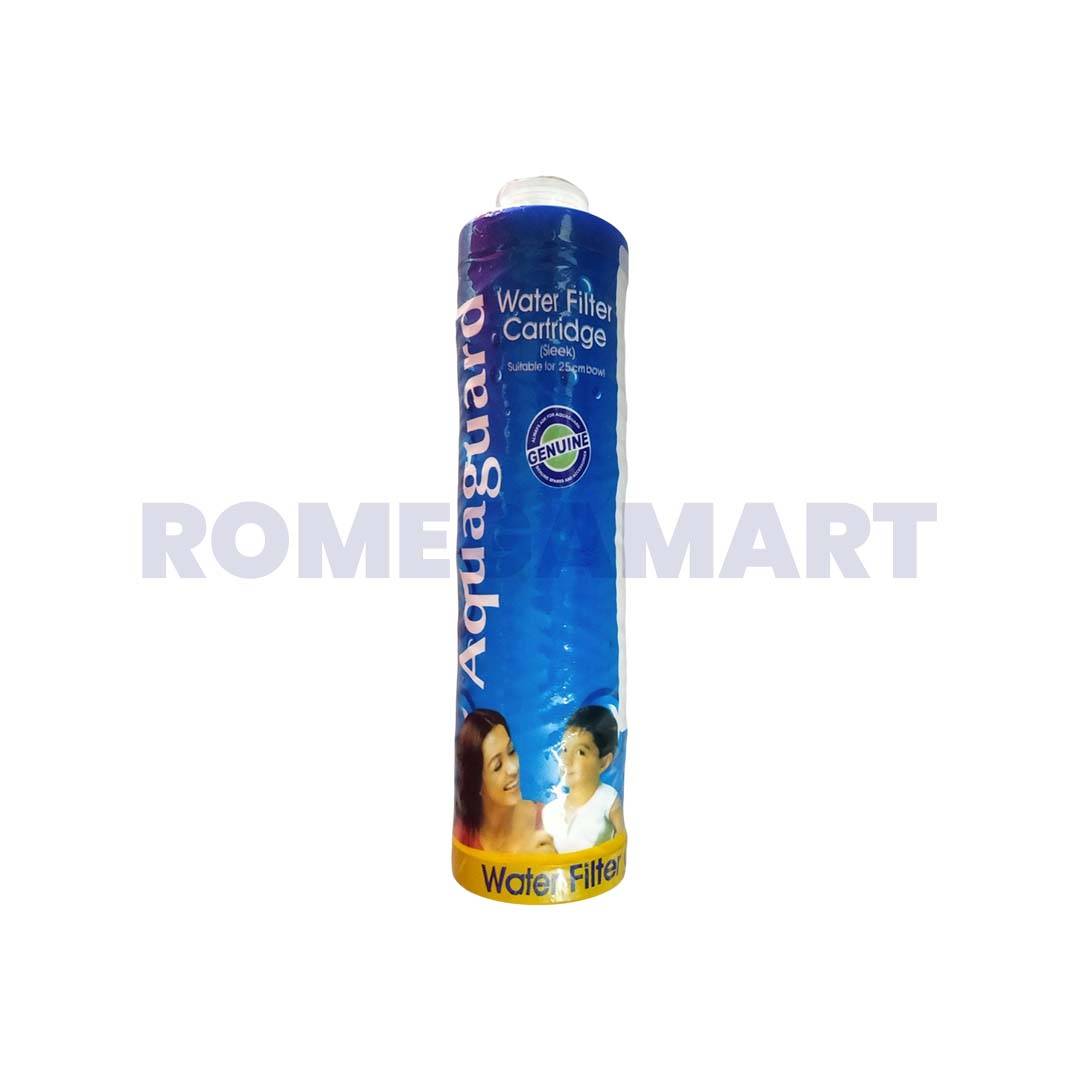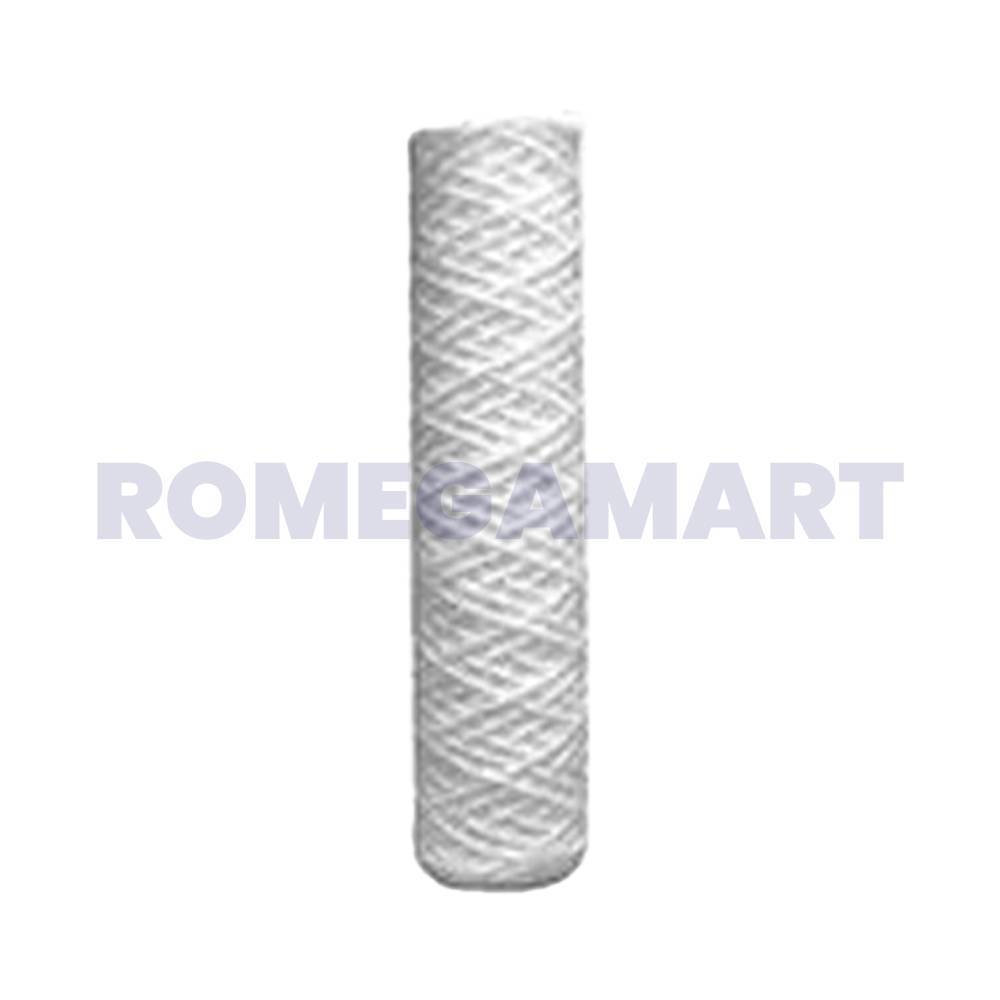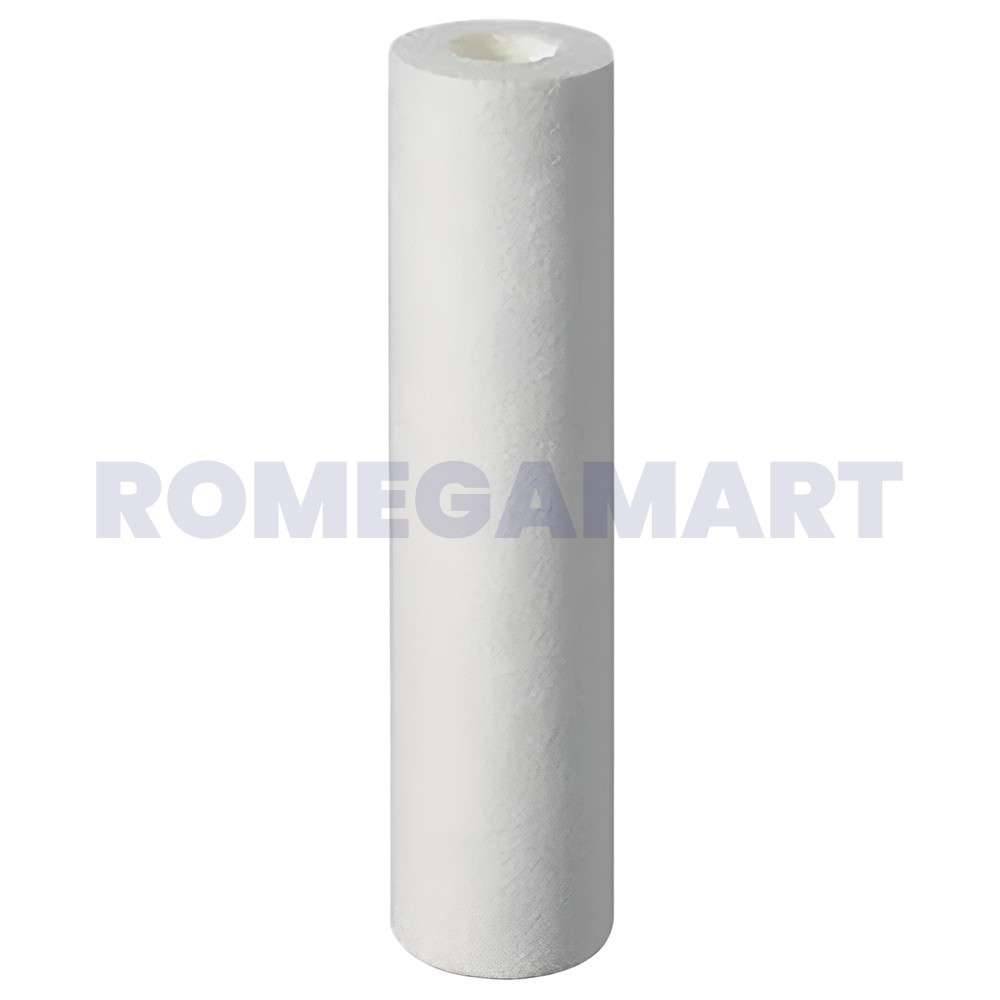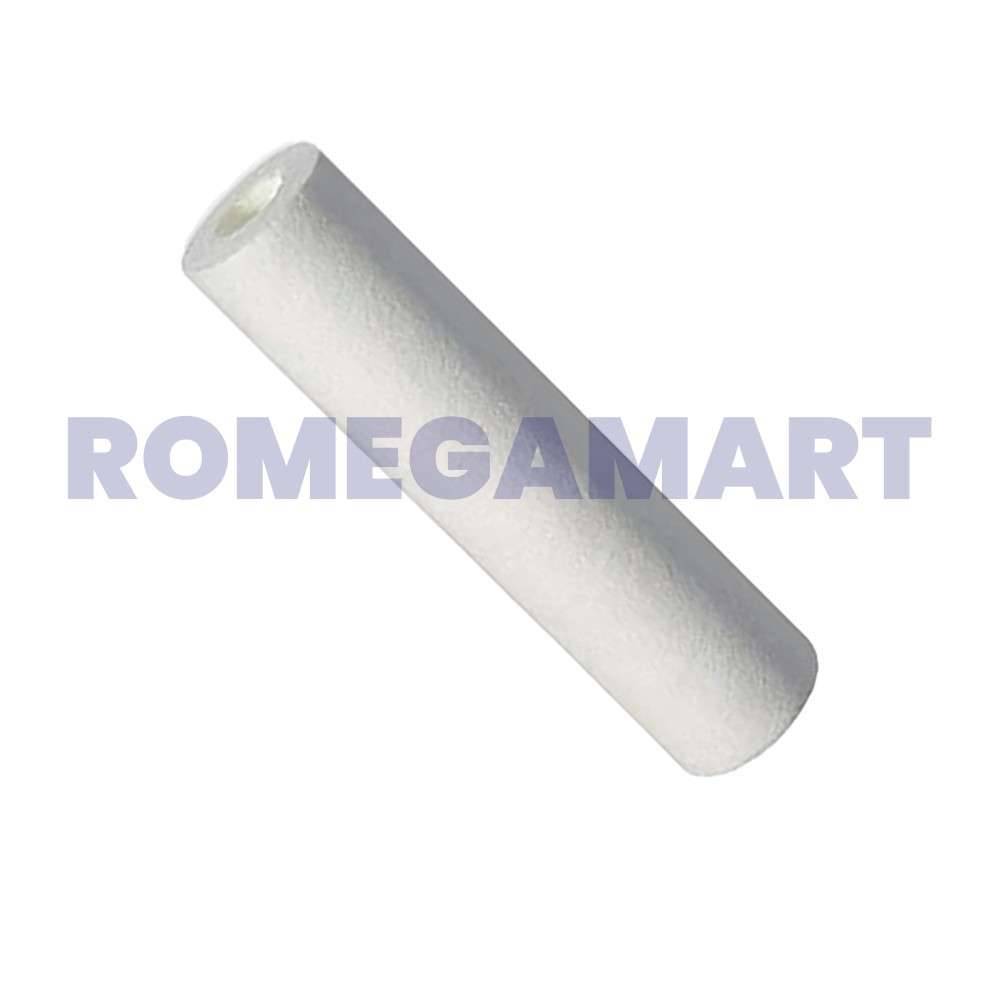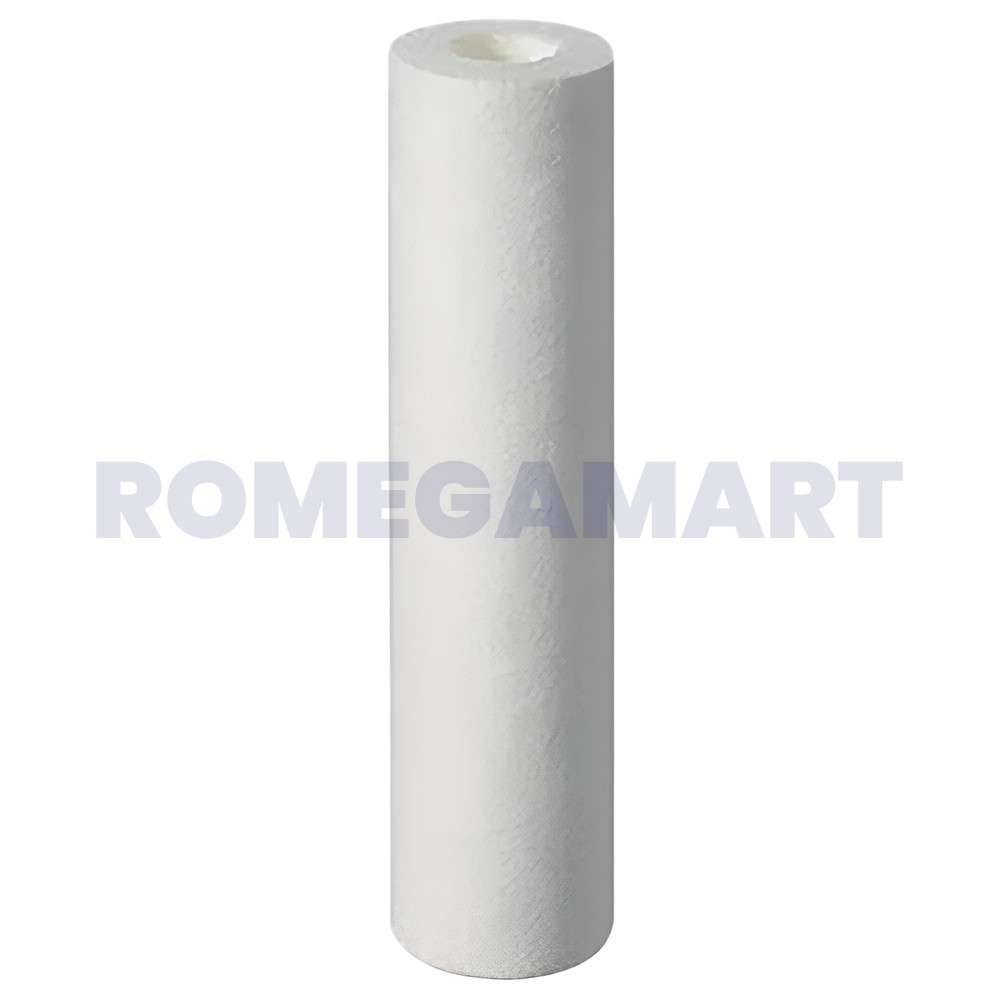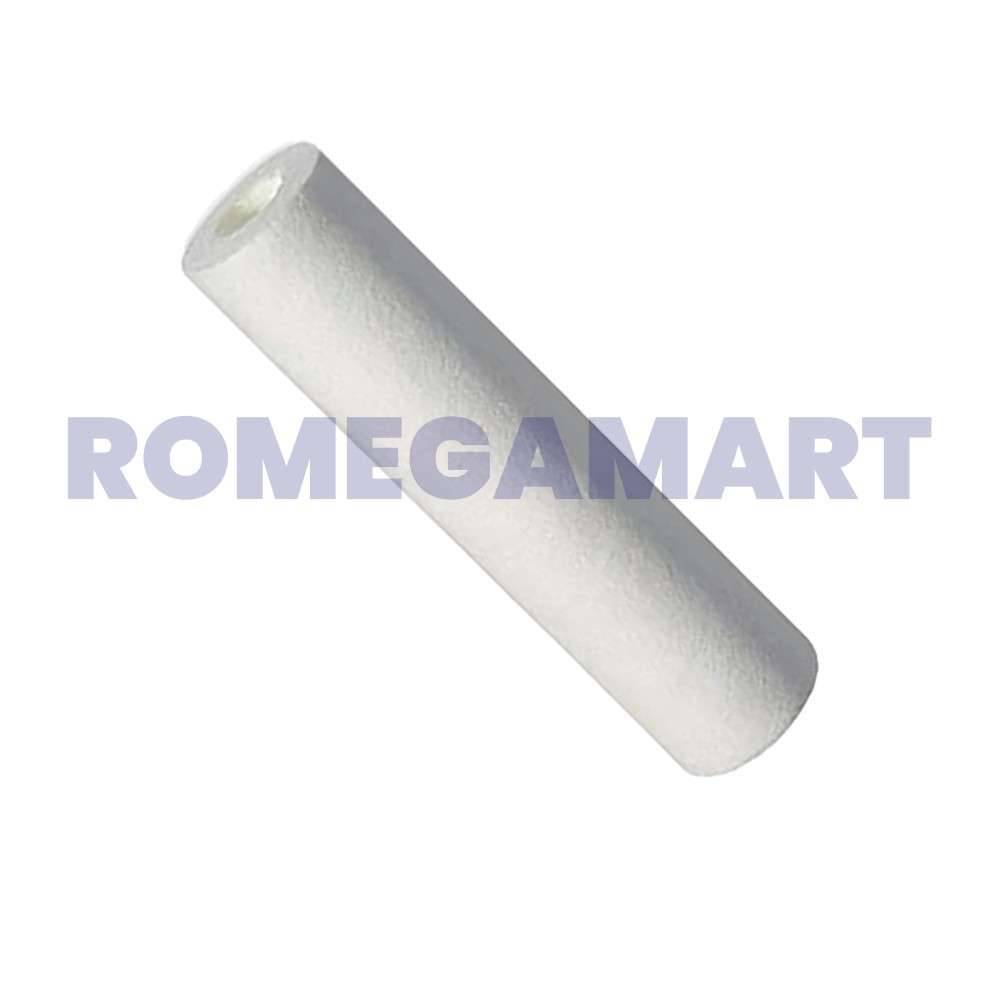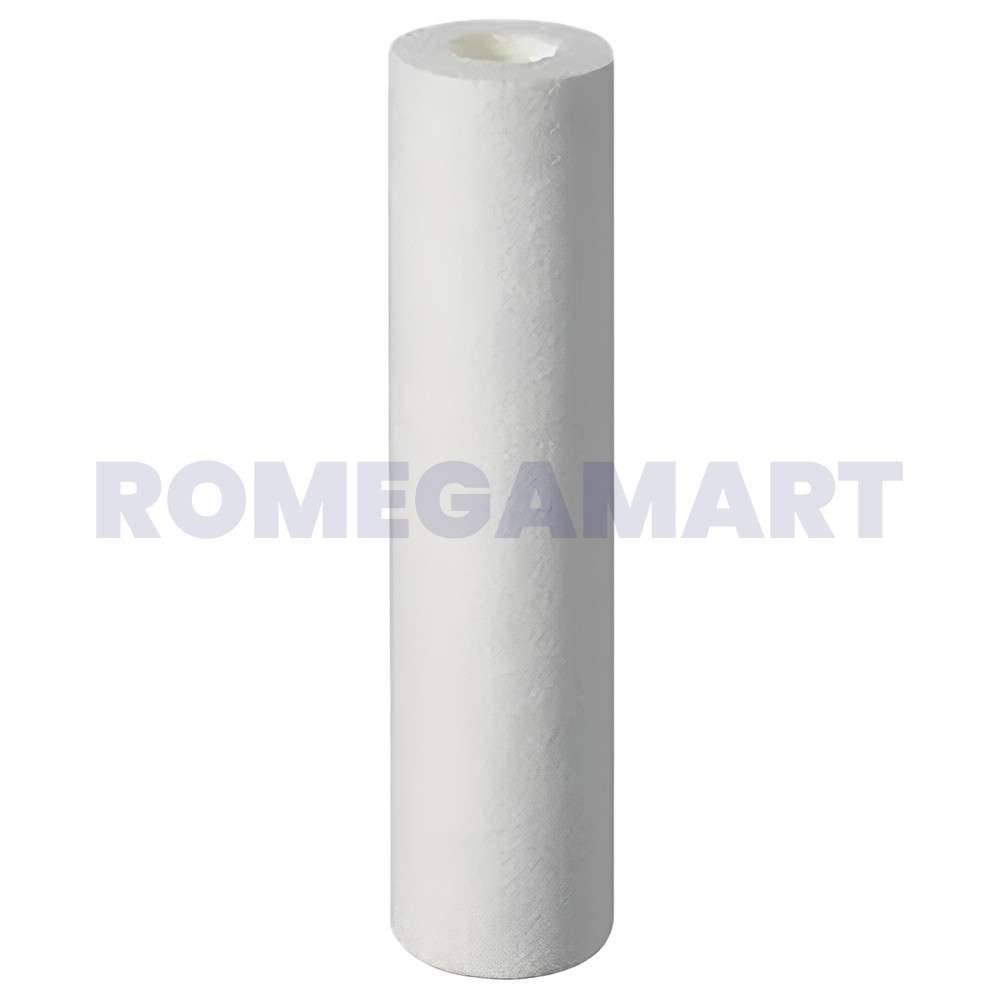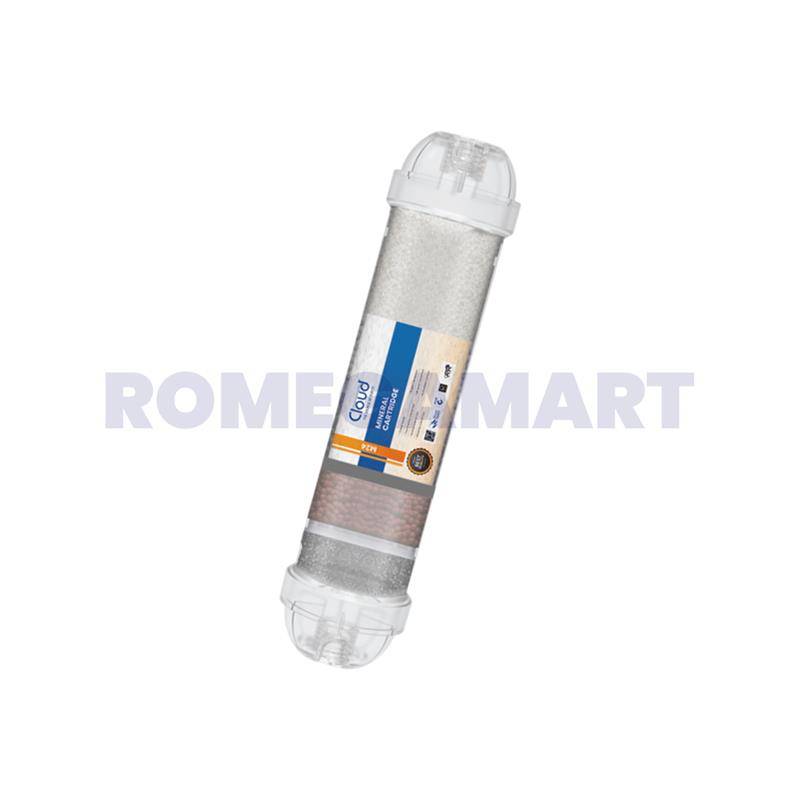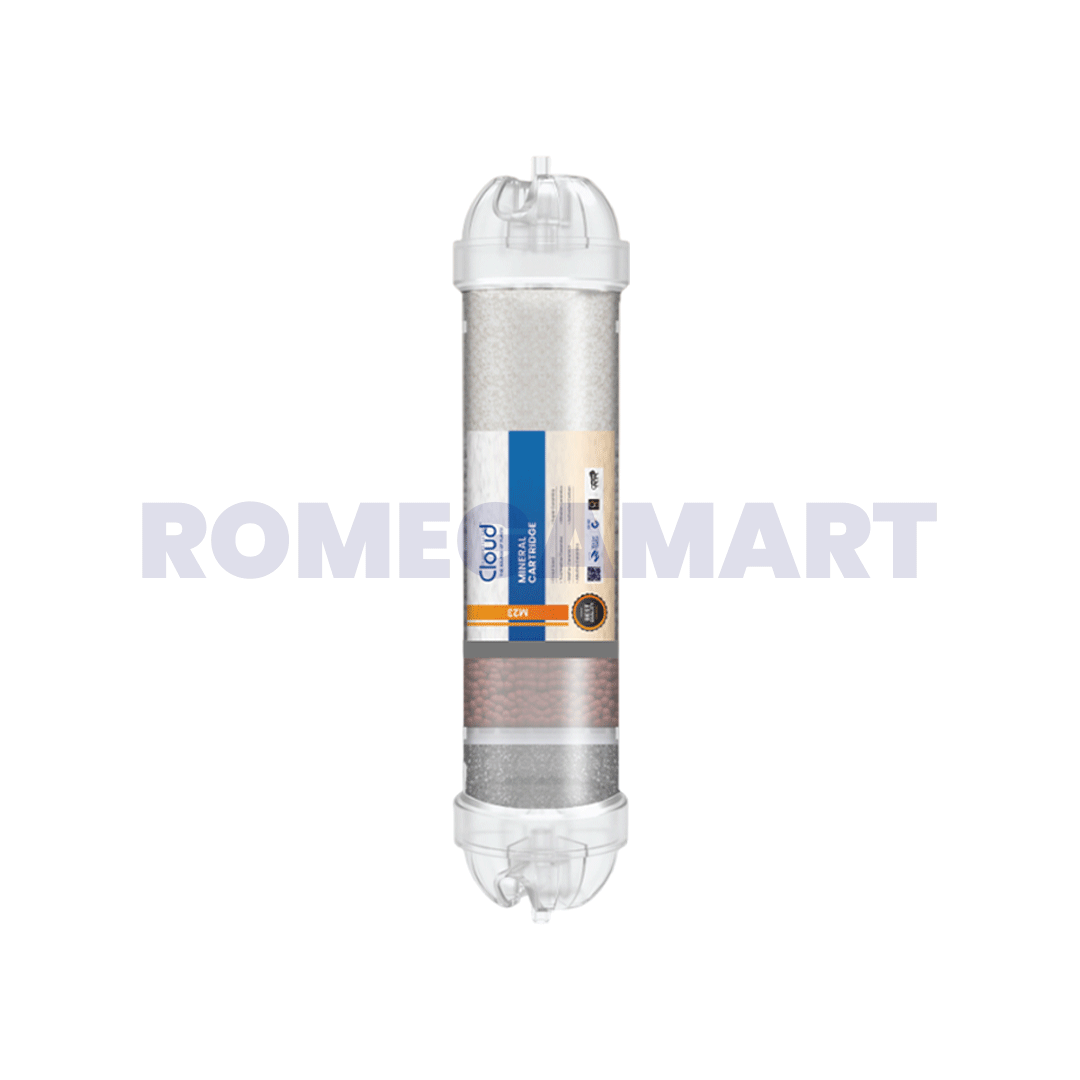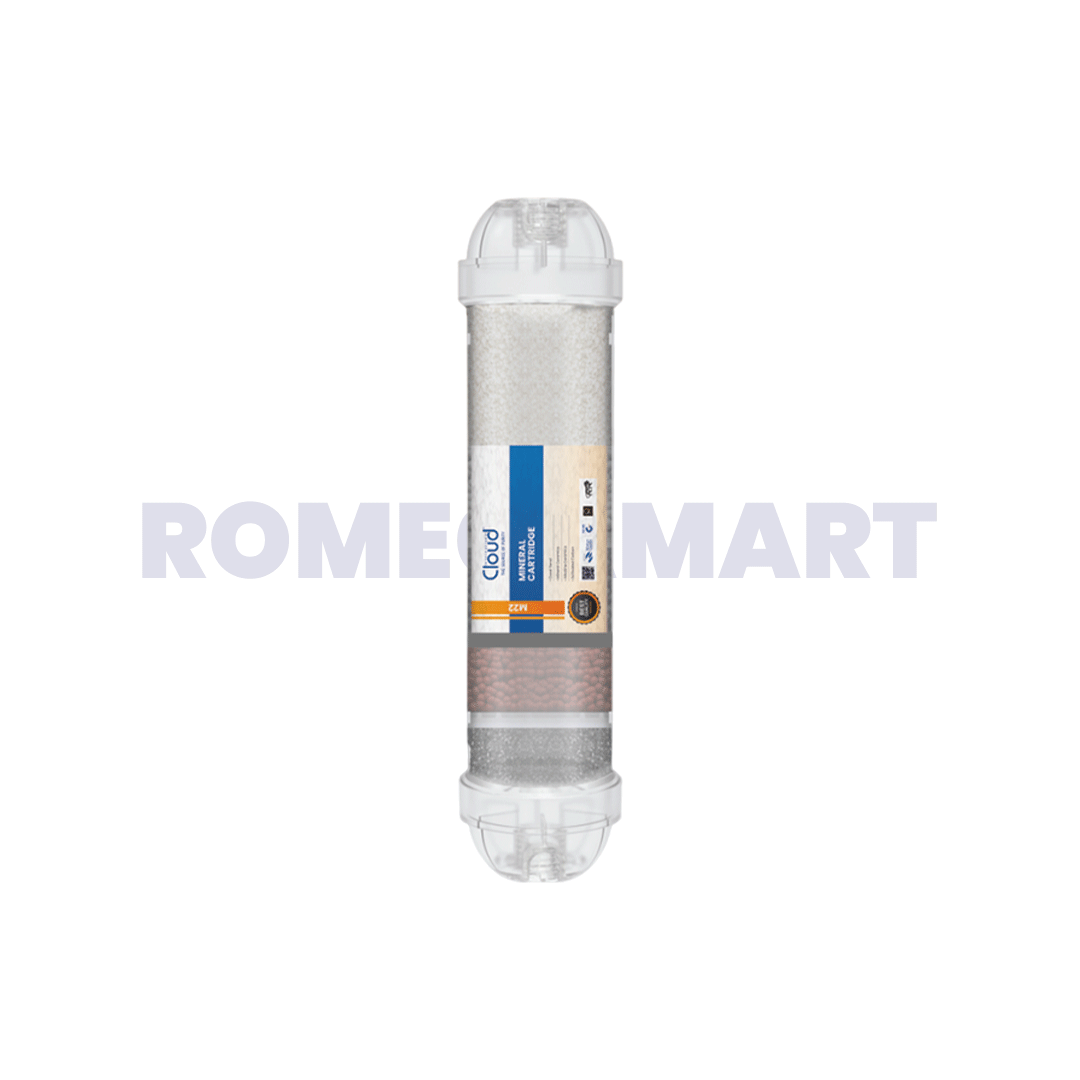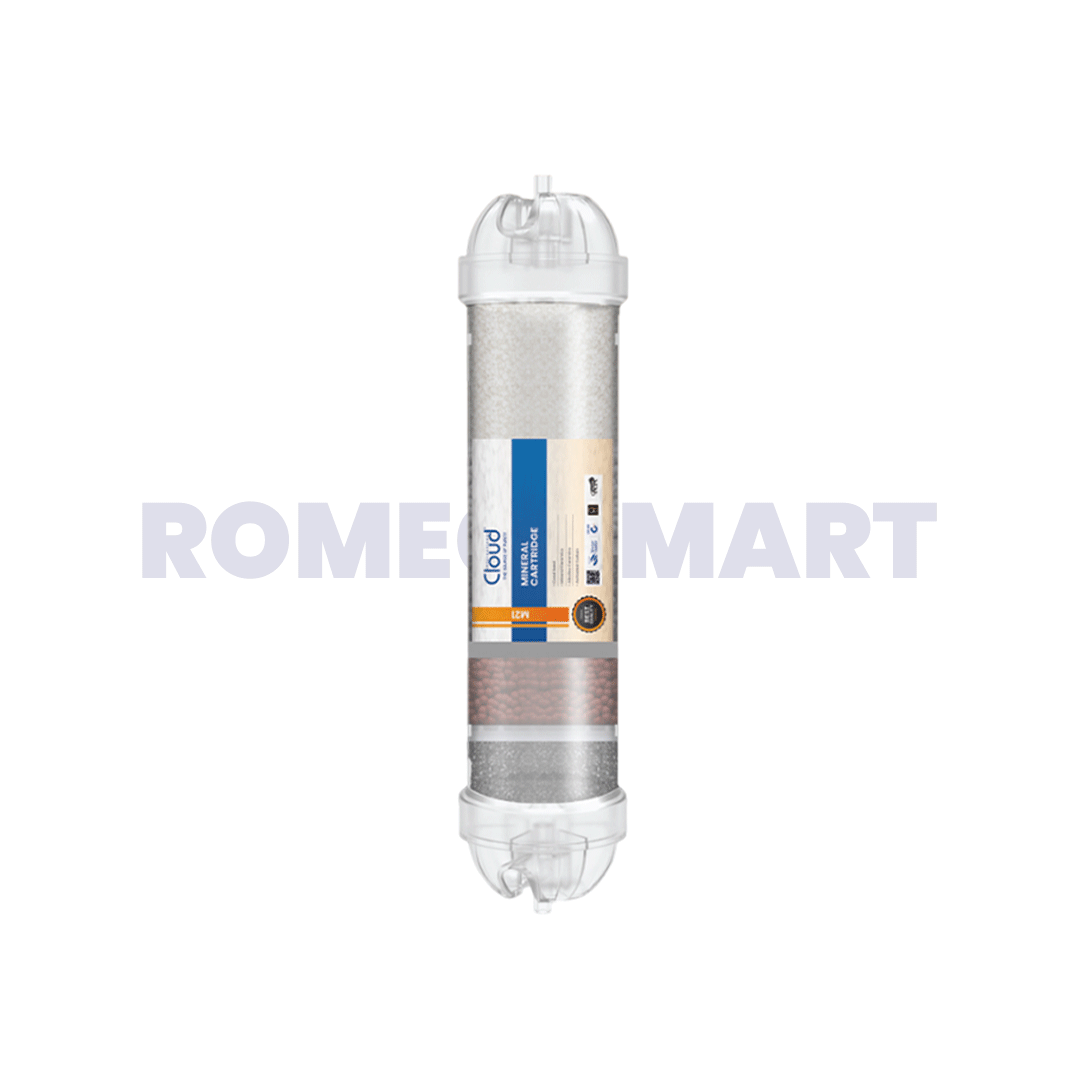Filter Cartridge -
Filter Cartridge: The Complete Guide for Performance, Selection, and Maintenance
Key Factor: One primary factor that determines the performance of any filtration setup is the quality and design of its Filter Cartridge. It is the heart of the system and often the deciding point between pure output and recurring contamination issues.
Snippet: Learn everything about the Filter Cartridge, including types, applications, materials, benefits, and how to choose the best replacement filter cartridge for a home, commercial setup, or industrial filtration system.
Introduction to Filter Cartridges
A Filter Cartridge is a removable filtration component that traps impurities, contaminants, particles, or unwanted chemicals from water, air, or industrial fluids. It sits inside a filter housing and performs the main purification task. From home water purifiers to high-pressure industry lines, the Filter Cartridge is the core element ensuring quality and safety.
Modern households depend on cartridges to improve drinking water clarity. Commercial kitchens rely on them to protect equipment. Large factories use specialized cartridges to maintain safe operations within an industrial filtration system. Understanding how these cartridges work helps you choose the right solution, optimize performance, and reduce long-term operating costs.
How Filter Cartridges Work
A Filter Cartridge operates through two main mechanisms: surface filtration and depth filtration.
Surface Filtration
This type traps particles on the surface. Pleated or layered materials are common because they offer high flow rates and large filtration area. This design suits air purifiers, HVAC units, and commercial dust applications.
Depth Filtration
Depth filters capture particles throughout multiple layers. These cartridges hold more dirt and maintain consistent flow, making them ideal for water systems, chemical processing, and liquid manufacturing lines.
Surface or depth, the goal remains the same: capture contaminants, protect systems, and deliver clean, safe output.
Types of Filter Cartridges
Water Filter Cartridge
A water filter cartridge is used in homes, offices, food preparation areas, and laboratories. It removes sediment, chlorine, harmful chemicals, rust, odor, organic matter, and microbial contaminants. Common categories include:
-
Sediment cartridges
-
Activated carbon cartridges
-
Ceramic cartridges
-
Reverse osmosis pre-filters
These cartridges help extend the life of downstream systems and improve taste and clarity.
Air Filter Cartridges
Air cartridges clean air entering HVAC units, compressors, industrial air handlers, and dust-collection systems. They target:
-
Pollen
-
Dust
-
Fumes
-
Industrial microparticles
Pleated media is often used to maximize surface area and airflow efficiency.
Oil and Industrial Filter Cartridges
Industrial operations depend on cartridges built to handle extreme pressures, high temperatures, and aggressive chemicals. These are essential in:
-
Hydraulic systems
-
Chemical processing
-
Petroleum production
-
Manufacturing lines
They are a critical part of any efficient industrial filtration system, especially when contamination could cause downtime or safety risks.
Applications Across Industries
Residential
Households rely on Filter Cartridge systems in drinking water filters, RO systems, refrigerator filters, and showerheads. Residential cartridges focus on improving taste, color, clarity, and safety.
Commercial
Hotels, restaurants, clinics, laboratories, and food production setups use cartridges for water purification and air quality. Consistent filtration helps maintain hygiene standards and protects sensitive equipment.
Industrial Filtration Systems
Factories and heavy-duty production environments use multiple cartridges to meet compliance, reduce machine wear, and maintain efficiency. An industrial filtration system may rely on hundreds of cartridges working in sequence to handle fluids, chemicals, gases, and oils safely.
Materials Used in Filter Cartridges
The material determines performance, compatibility, and lifespan.
Common Materials
-
Polypropylene: Ideal for sediment and particulate removal.
-
Activated Carbon: Effective against chlorine, odors, taste issues, and chemicals.
-
Ceramic: Strong microbial protection.
-
Stainless Steel Mesh: Withstands high pressure and temperature.
-
Cellulose: Low-cost option for general filtration.
-
Glass Fiber: High efficiency in chemical and industrial environments.
Each material fits specific applications based on temperature, pH, flow requirements, and contaminant load.
Benefits of Using High-Quality Filter Cartridges
More Reliable Output
A premium Filter Cartridge ensures consistent purity and predictable performance.
Improved Equipment Life
Clean fluids and air reduce wear on pipes, pumps, compressors, heaters, and membranes.
Lower Operating Costs
Systems run smoother, require fewer repairs, and reduce downtime.
Better Compliance
Industries that handle food, medicine, and chemicals must meet strict standards. A quality cartridge helps maintain compliance.
Enhanced Product Quality
In sectors like beverages, pharmaceuticals, and cosmetics, filtration directly affects product consistency and safety.
How to Choose the Right Filter Cartridge
Choosing the correct Filter Cartridge requires evaluating several technical points.
Micron Rating
Micron rating determines how fine the filtration will be. Lower microns capture smaller particles.
Examples:
-
0.5 microns: microbial control
-
5 microns: common RO pre-filtration
-
20 to 50 microns: coarse sediment
Compatibility
Always ensure the cartridge fits the exact housing model and is suitable for the fluid or air being filtered.
Flow Rate
Match the cartridge to the system’s required flow capacity. A mismatch either reduces efficiency or fails to filter properly.
Operating Environment
Temperature, pressure, pH, and fluid viscosity all influence cartridge performance.
Budget and Lifecycle
A high-quality cartridge costs more initially but saves money by lasting longer and reducing maintenance.
Replacement Filter Cartridges: When and Why to Change Them
Every Filter Cartridge has a lifespan. Using a replacement filter cartridge on schedule keeps filtration performance consistent and prevents downstream contamination.
Signs That a Cartridge Needs Replacement
-
Slow water or air flow
-
Unusual taste or odor in water
-
Visible sediment or color change
-
Rising pressure differential
-
System alarms or alerts
Standard Replacement Intervals
-
Water filter cartridge: 3 to 12 months
-
Air cartridges: 3 to 6 months
-
Industrial cartridges: based on pressure drop, often weekly to quarterly
Regular replacement is one of the simplest ways to maintain system health.
Maintenance Tips for Longer Cartridge Life
-
Flush new cartridges before use
-
Inspect and clean housings
-
Lubricate and replace O-rings
-
Monitor pressure levels
-
Store cartridges in a dry, sealed place
Routine attention prevents issues and extends cartridge lifespan.
Common Problems and How to Fix Them
Clogging
Cause: high contamination or extended use.
Fix: replace with a fresh replacement filter cartridge and consider adding a pre-filter.
Leaking
Cause: worn O-rings or incorrect installation.
Fix: clean sealing surfaces, apply lubricant, replace damaged rings.
Low Flow Rate
Cause: incorrect micron rating or heavy blockage.
Fix: choose the correct cartridge and inspect pre-filters.
Bypass of Contaminants
Cause: loose fitting or incompatible design.
Fix: verify size and material compatibility.
Cost Factors and Buying Guide
What Determines Cartridge Price
-
Micron rating
-
Material
-
Brand quality
-
Operating specifications
-
Certifications
Buying Checklist
-
Confirm compatibility
-
Check flow rates
-
Review material suitability
-
Ensure certifications if needed
-
Consider long-term operating cost
-
Compare dirt-holding capacity
The right Filter Cartridge delivers better performance and reduces long-term expenses.
Conclusion
A Filter Cartridge is one of the most important components in any filtration system. Whether you are purifying drinking water, maintaining commercial equipment, or running an industrial filtration system, the cartridge determines purity, safety, flow efficiency, and overall reliability. Choosing a high-quality cartridge, performing timely maintenance, and replacing it with the right replacement filter cartridge ensures long-term performance and peace of mind.
Frequently Asked Questions (FAQ)
1. What is a Filter Cartridge?
A Filter Cartridge is a replaceable component that removes impurities from water, air, or industrial fluids.
2. How often should I replace a water filter cartridge?
Most water filter cartridge systems require replacement every 3 to 12 months.
3. What is the purpose of an industrial filtration system?
An industrial filtration system removes contaminants to protect machinery, ensure safety, and maintain product quality.
4. Are replacement filter cartridges universal?
No. Always match the cartridge to the correct housing model and application.
5. What micron rating should I choose?
Choose based on the smallest particle you want to remove. Lower microns provide finer filtration.















